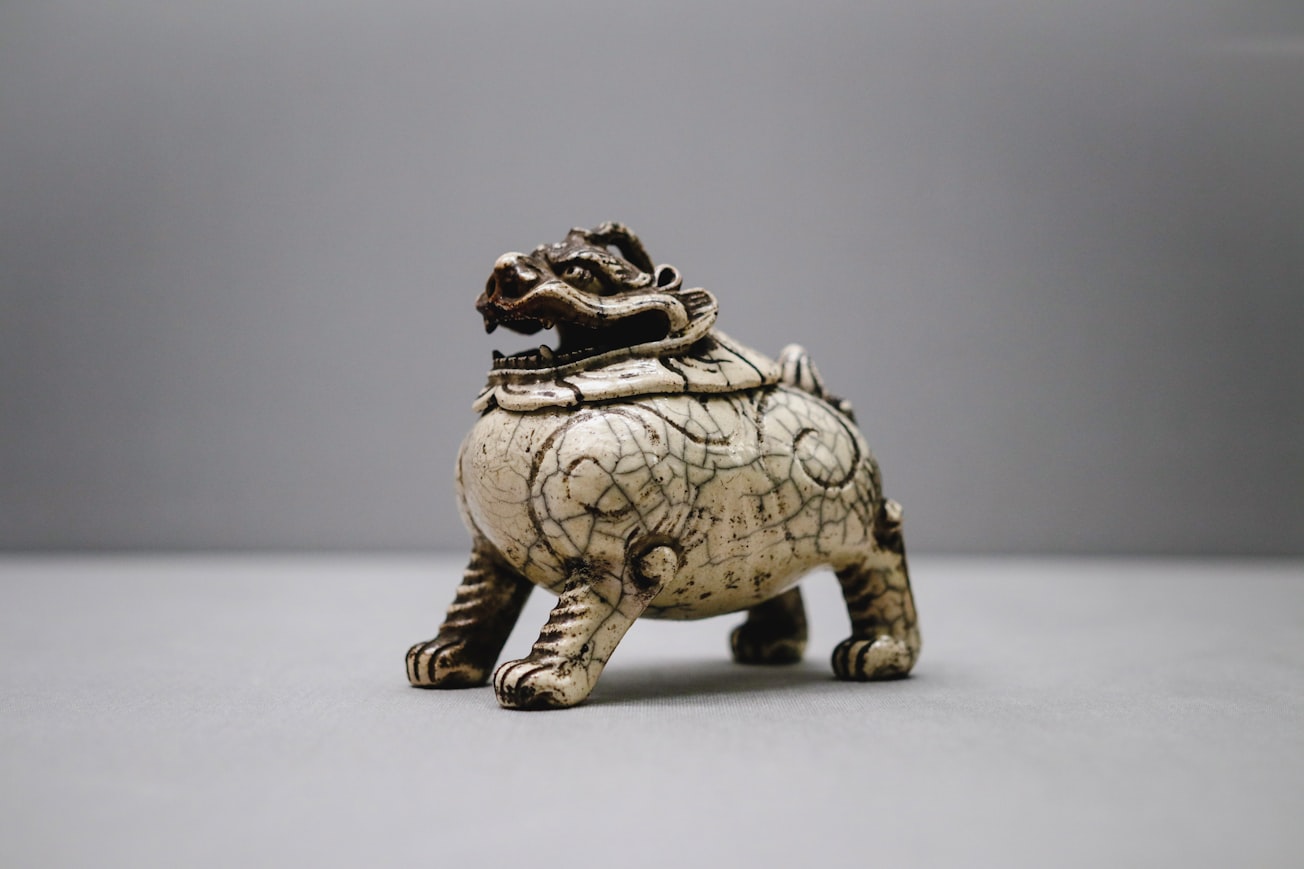What is it about?
This article explores the issues involved in running art psychotherapy groups for people with long term mental health difficulties in museums instead of NHS outpatient centres, using the museum spaces and collections within the therapy. It is written from the perspective of three art psychotherapists who examine their own experience of running these types of groups.
Featured Image

Photo by Thor Alvis on Unsplash
Why is it important?
We conclude that delivering art psychotherapy in museums challenges traditional expectations of how art psychotherapy is carried out and requires creativity and flexibility on the part of the therapist. We found that using museums for art psychotherapy was an interesting and valuable extension to our work. Other art psychotherapists who wish to run groups in museums may find our insights useful.
Perspectives
I think that museums are a great resource for art psychotherapy and continue to use them in my work as an art psychotherapist with Gloucestershire Health and Care NHS Foundation Trust. I have co-edited the first book on Art Therapy in Museums and Galleries.
Ali Coles
Gloucestershire Health and Care NHS Foundation Trust
Read the Original
This page is a summary of: Flexing the frame: therapist experiences of museum-based group art psychotherapy for adults with complex mental health difficulties, International Journal of Art Therapy, January 2019, Taylor & Francis,
DOI: 10.1080/17454832.2018.1564346.
You can read the full text:
Resources
Working with art therapists
A webinar for museum and gallery professionals
Art Therapy in Museums and Galleries: Reframing Practice
Edited by Ali Coles and Helen Jury. Foreword by Jordan Potash. The first book on this subject, it explores creative uses of museums and galleries for art therapy. It includes international examples of work with a variety of client groups and range of institutions. Chapters discuss the benefits of these spaces for therapeutic work, as well as the skills and theoretical frames required for working in these settings.
Contributors
The following have contributed to this page







